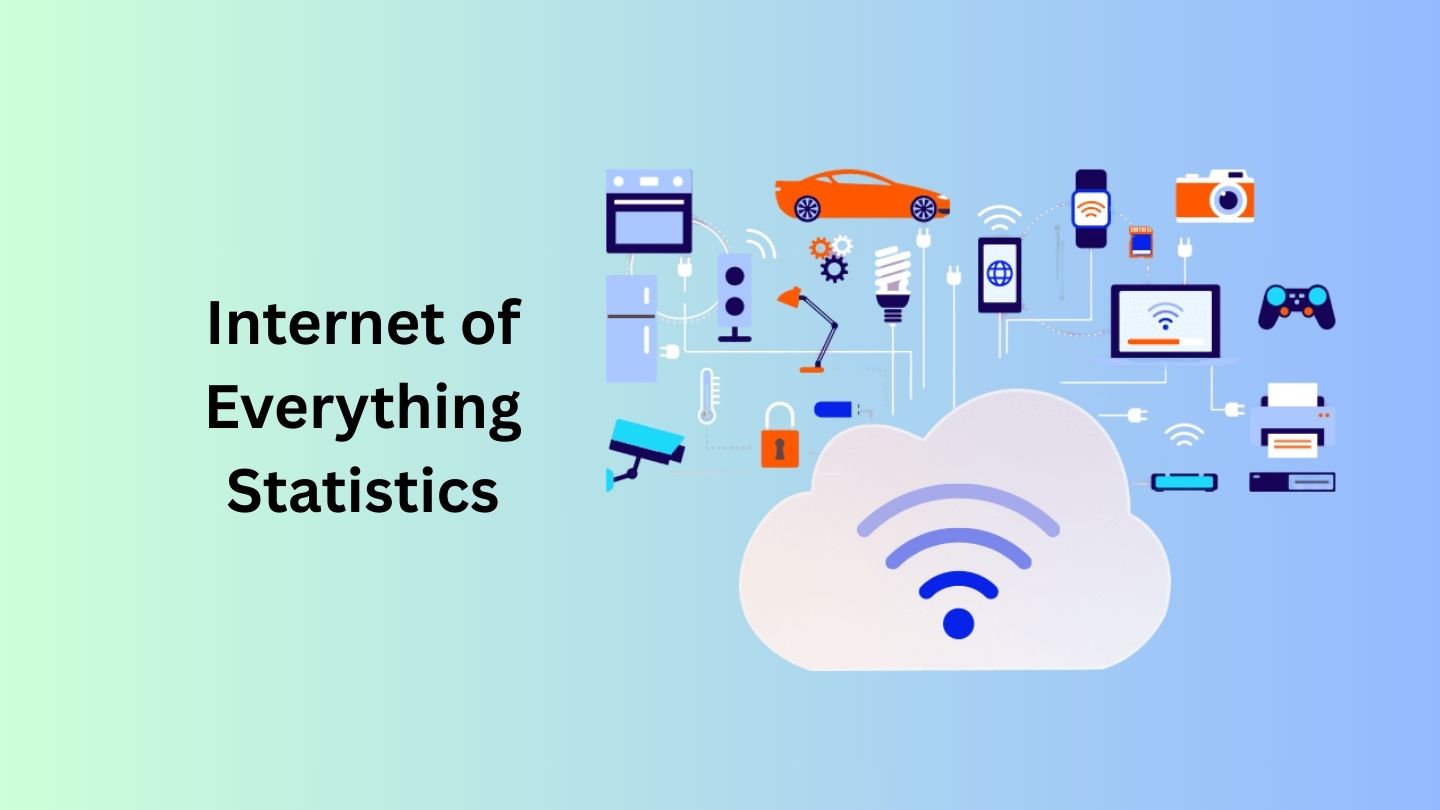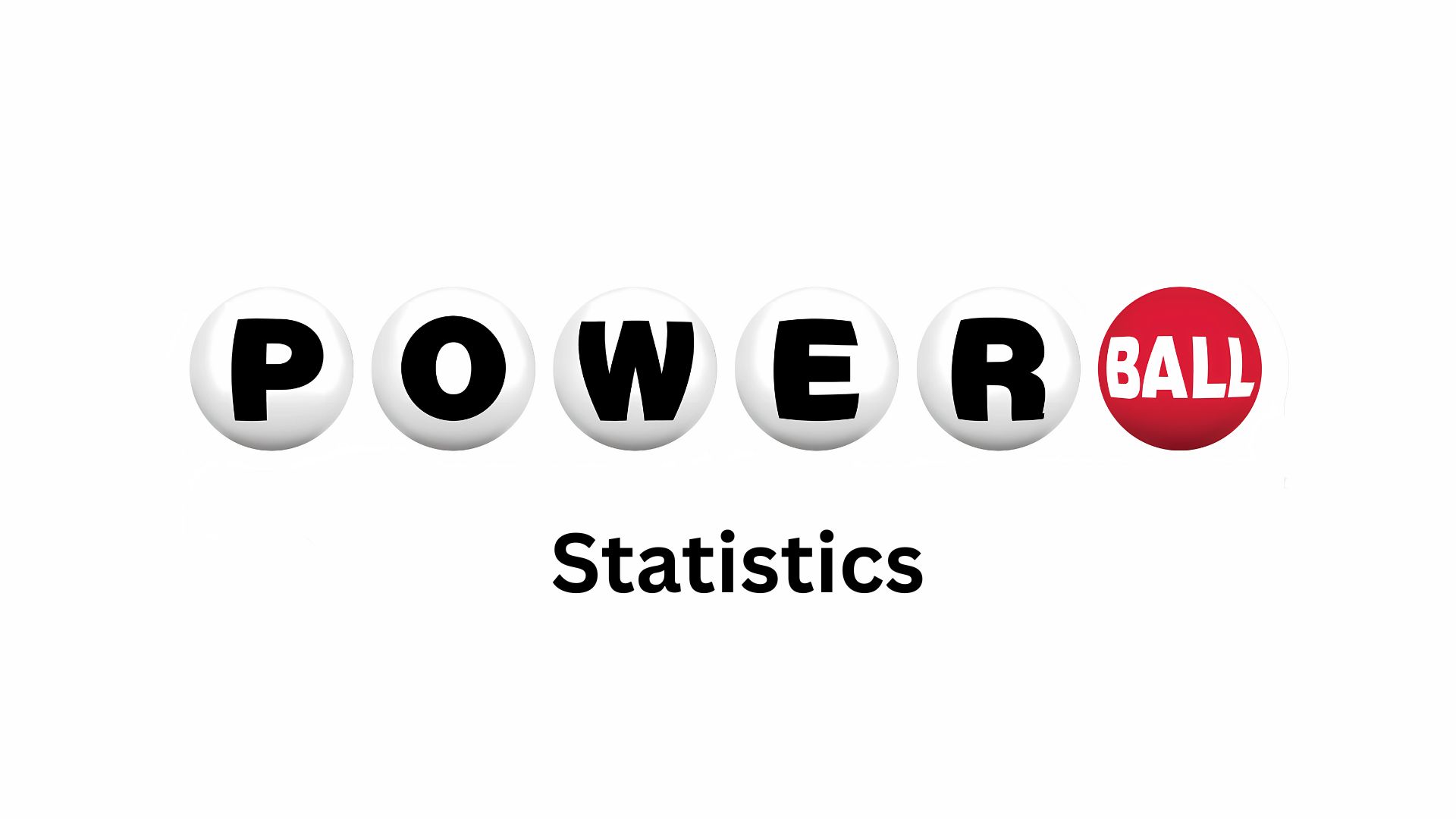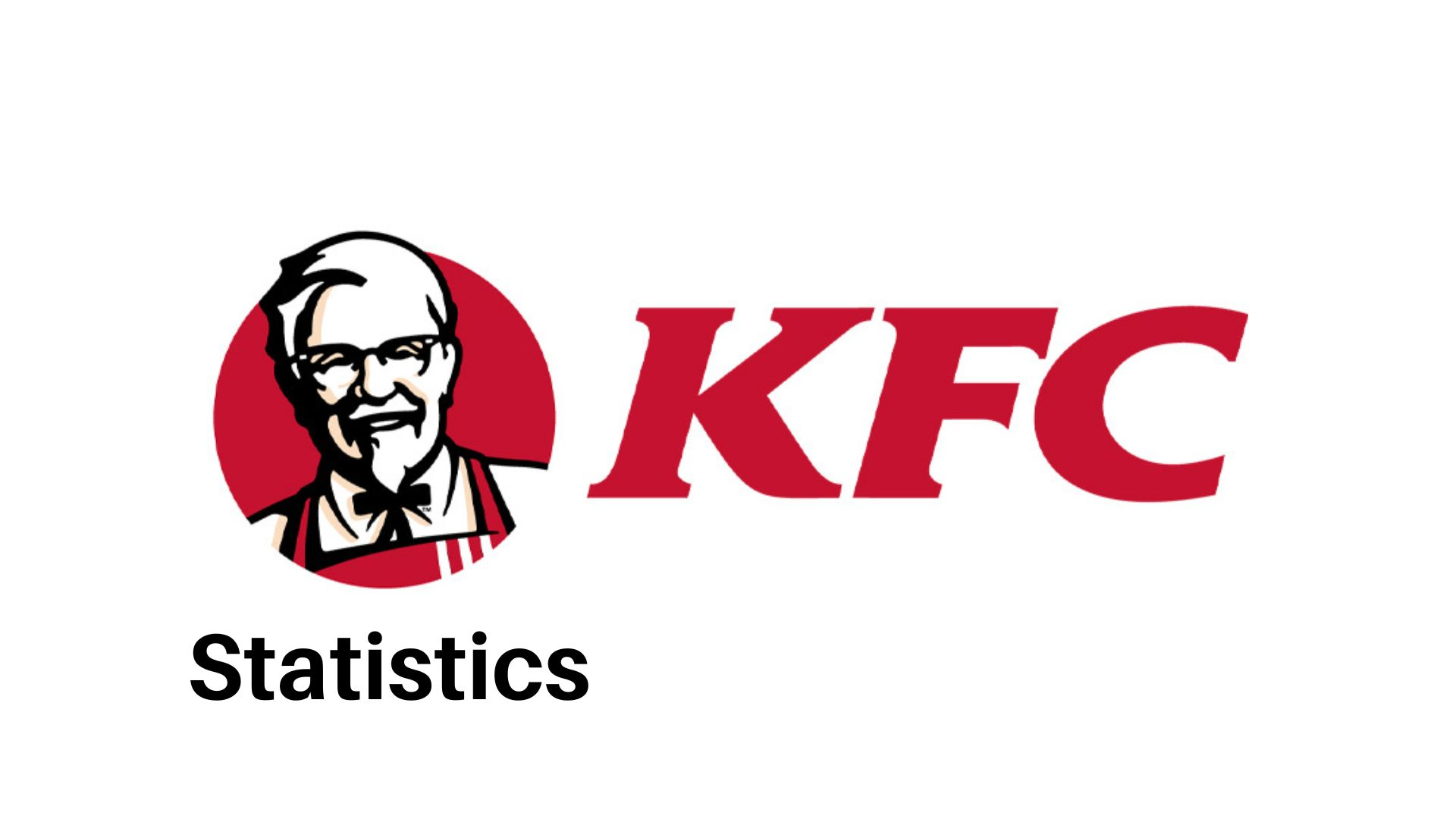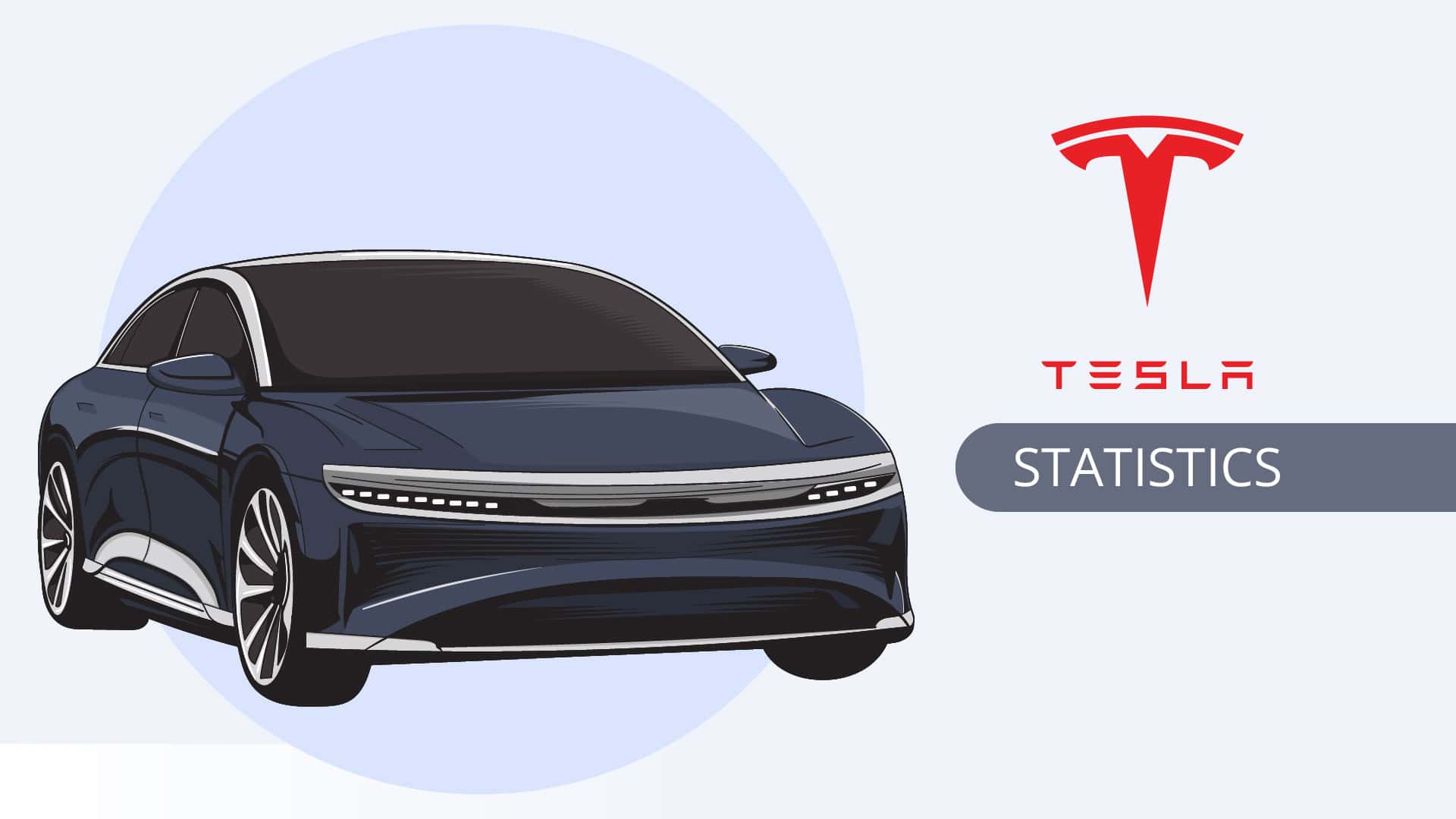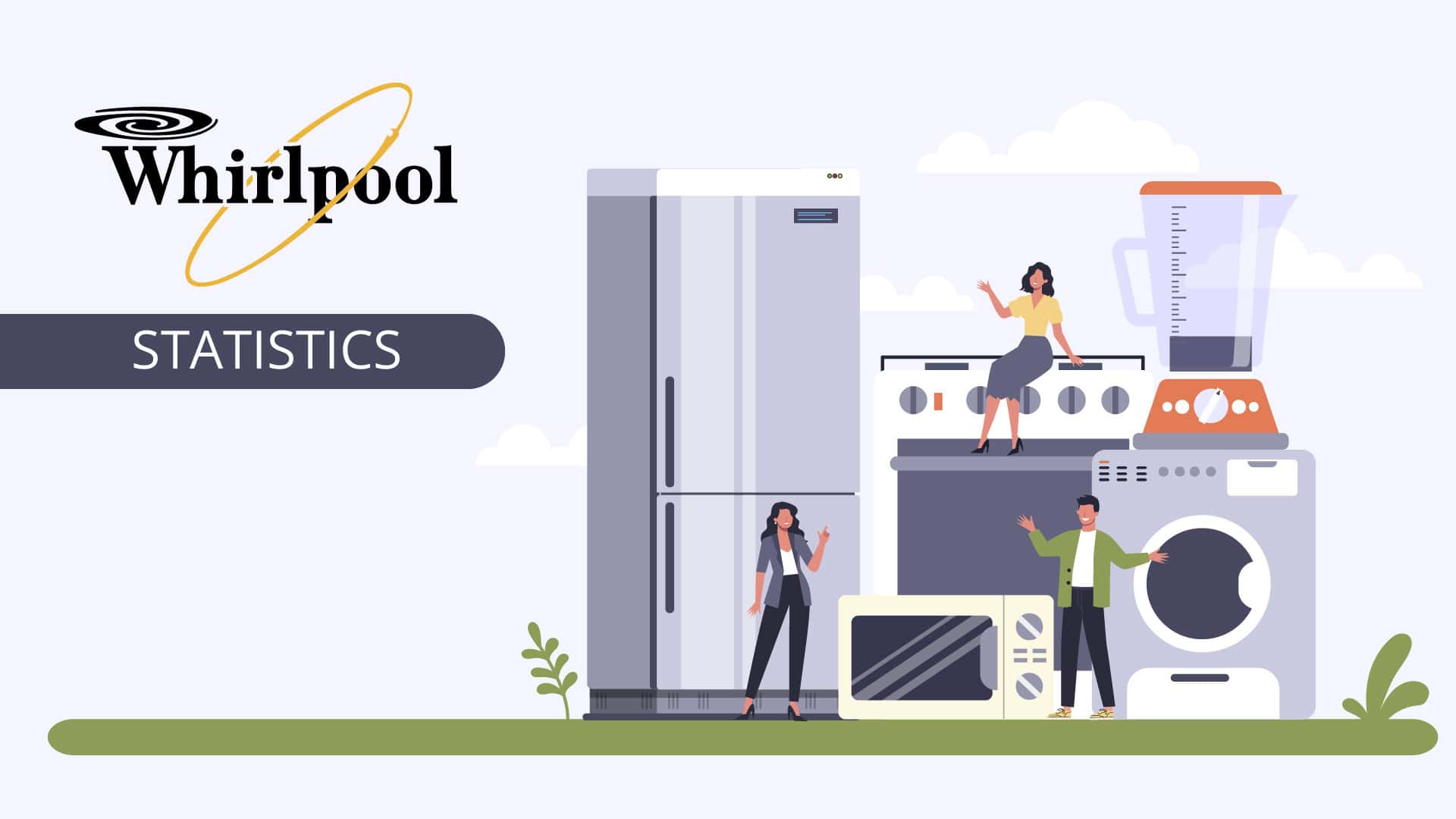Pet Ownership Statistics By Generation, Region, Behavior And Trend

Updated · Feb 10, 2025


TABLE OF CONTENTS
- Introduction
- Editor’s Choice
- General Pet Ownership Statistics
- Pet Owners Behaviour
- Popular Reasons to Get a Dog as a Pet
- Top US States By Pet Ownership Rate 2024
- Pet Type Ownership in The US By Generation 2024
- Generations Viewing Pets as Children in the US 2023
- Average Spending on Pets 2023
- Pet Owner Demographics
- Number of US Pet-Owning Households By Species 2023
- The State of Pet Ownership in 2025 – A Regional Analysis
- Economic and Market Implications
- Conclusion
Introduction
Pet Ownership Statistics: Pet ownership is a rewarding experience that can bring immense joy and companionship into one’s life. However, it is crucial to understand that owning a pet is a significant commitment that requires time, effort, and financial resources. One of the primary benefits of pet ownership is the emotional support it provides. Studies have shown that interacting with animals can reduce stress, anxiety, and depression.
Pets offer unconditional love, loyalty, and companionship, making them valuable companions for individuals of all ages. Moreover, caring for a pet can instil a sense of responsibility and empathy in children. Let’s use pet ownership statistics to shed some light on current pet ownership rates.
Editor’s Choice
- Currently, 74% of cat owners have multiple pets at home, while 41% of dog owners say the same.
- People living in rural areas are more likely (71%) to own pets than those living in suburban and urban areas.
- According to Forbes Advisor, as of 2024, 82% of dog owners said their mental health has improved after owning a dog.
- Companionship and affection are the leading reasons to get a dog as a pet, with 52% of respondents voting for them in a Forbes Advisor survey.
- The rate of worldwide pet ownership has increased by more than half compared to 1988.
- As of 2024, Wyoming, West Virginia, and Nebraska are the top three US states with the highest pet ownership rate; each has crossed the 70% mark.
- Dogs are a popular pet type among people in the US of all generations. The ownership rate has crossed 50% in each generation.
- Men are more likely to be pet owners than women. However, women are not far behind, at a rate of 50% and 49% respectively.
- Pet Ownership Statistics show that 70% of households in the US have at least one pet at home.
- In 2025, 68% of U.S. households are expected to own pets, an increase driven by the growing trend of pet humanisation, where owners treat pets as part of the family.
You May Also Like To Read
- Pet Accessories Statistics
- Pet Food Statistics
- Pet Grooming Industry Statistics
- Pet Industry Statistics
General Pet Ownership Statistics
- Pet Ownership Statistics show that 70% of households in the US have at least one pet at home.
- More than 90 million families in the US have a pet in their homes.
- People living in rural areas are more likely (71%) to own pets than those living in suburban and urban areas.
- 66% of the owners worry about their pet’s health.
- The average cost of owning a pet in the US is around $5,000 annually.
- Currently, 74% of cat owners have multiple pets at home, while 41% of dog owners say the same.
- 46% of people said they are planning to get another pet if their pet dies.
- 85% of dog owners and 93% of cat owners have owned at least one pet in the past.
- The rate of worldwide pet ownership has increased by more than half compared to 1988.
- According to Simply Insurance, Romania has balanced pet ownership with 45% dog and 45% cat owners.
- Pet Ownership Statistics 2024 shows that India has a rapidly growing dog population.
Pet Owners Behaviour
- Pet Ownership Statistics reveal that dog owners are more likely to buy speciality fabrics, gifts, and apparel. In contrast, cat owners prefer to buy Halloween products, gardening tools, books and magazines, and games and puzzles.
- Furthermore, pet owners will also prefer to purchase vitamins and supplements.
- There are 11% of the dogs and cat owners who buy products for both animals.
- According to Forbes Advisor, as of 2024, 82% of dog owners said their mental health has improved after owning a dog.
- Pet Ownership Statistics 2024 show that, in the current year, Americans spent around US$4,800 on pets.
Popular Reasons to Get a Dog as a Pet
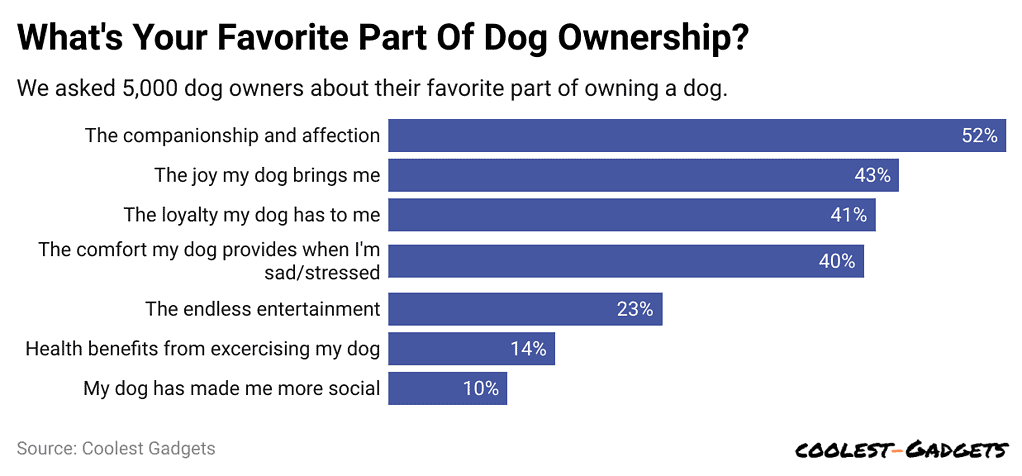
(Reference: forbes.com)
Companionship and affection are the leading reasons to get a dog as a pet, with 52% of respondents voting for them in a Forbes Advisor survey. 43% said dogs bring joy, while 41% added loyalty to the owner.
Top US States By Pet Ownership Rate 2024
As of 2024, Wyoming, West Virginia, and Nebraska are the top three US states with the highest pet ownership rate; each has crossed the 70% mark. On the other hand, South Dakota, Rhode Island, and the District of Columbia have significant rates but are comparatively lower.
| State | Rate of Ownership |
|
Wyoming |
71.8% |
| West Virginia |
70.7% |
|
Nebraska |
70.3% |
| Vermont |
70% |
|
Idaho |
69.9% |
| Indiana |
69.2% |
|
Arkansas |
69% |
| Mississippi |
65.5% |
|
Oklahoma |
65% |
| Colorado |
64.7% |
|
Kentucky |
64.1% |
| North Dakota |
63.7% |
|
Maine |
63.% |
| Missouri |
63.5% |
|
Kansas |
62.8% |
| Washinton |
62.7% |
|
Michigan |
62.4% |
| Ohio |
62.4% |
|
South Carolina |
62% |
| Montana |
61.9% |
|
Tennessee |
61.7% |
| Pennsylvania |
60.6% |
|
New Mexico |
60.1% |
| Alabama |
59.8% |
|
Iowa |
59.4% |
| Oregon |
59.2% |
|
Wisconsin |
59% |
| North Carolina |
58.6% |
|
Utah |
58.5% |
| Texas |
58.2% |
|
Arizona |
58% |
| Delaware |
57.9% |
|
California |
57.2% |
| Floraida |
56% |
|
Virginia |
55.5% |
| Lousiana |
54.5% |
|
Minnesota |
54% |
| Nevada |
53.3% |
|
New Hampshire |
51.8% |
| Georgia |
51.1% |
|
Connecticut |
49.9% |
| New York |
49.7% |
|
Massachusetts |
49.1% |
| Illinois |
48.6% |
|
Maryland |
48.6% |
| New Jersey |
47.4% |
|
South Dakota |
46.4% |
| Rhode Island |
45.4% |
|
District of Columbia |
38.2% |
(Source: worldpopulationreview.com)
Pet Type Ownership in The US By Generation 2024
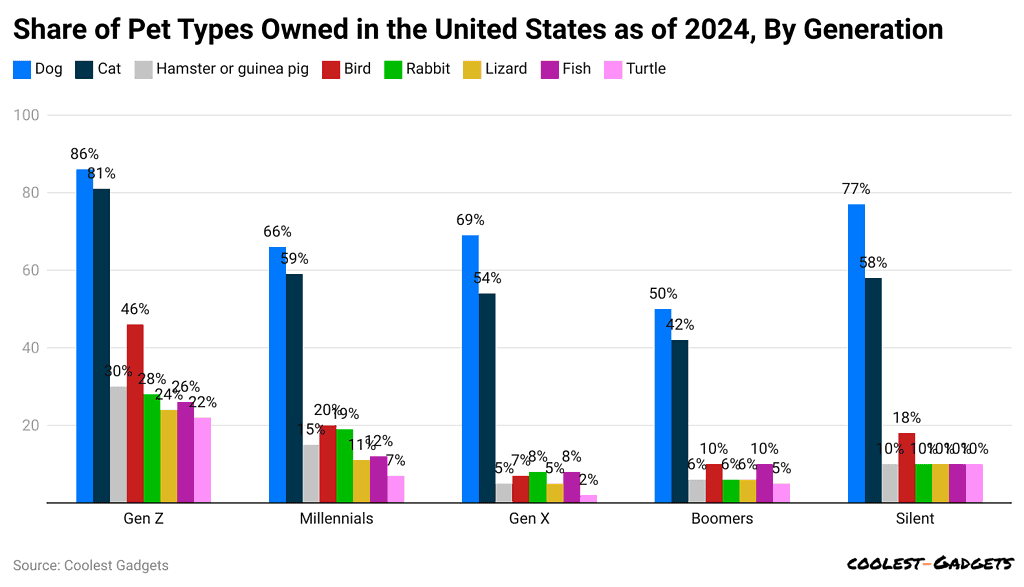
(Reference: statista.com)
- Pet Ownership Statistics show that, as of 2024, dogs are a popular pet type among people in the US in all generations.
- The ownership rate has crossed 50% in each generation. The opposite is turtle.
- In addition, cats and birds are also popular pets that are often found in homes in the US.
Generations Viewing Pets as Children in the US 2023
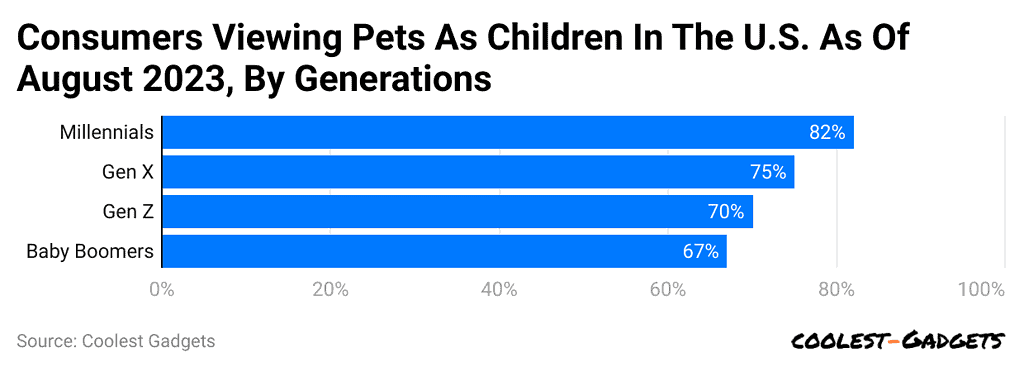
(Reference: statista.com)
- People of all generations almost equally see pets as their children.
- However, millennials have the highest rate, contributing 82%. Overall, Pet Ownership Statistics show that the importance of having a pet at home is increasing.
Average Spending on Pets 2023
Pet parents’ average spending in 2023
| Expense | Average cost |
|---|---|
| Food | $633 |
| Treats | $645 |
| Toys | $585 |
| Clothes | $598 |
| Leisure splurges | $176 |
| Vet visits | $1,242 |
(Source: bankrate.com)
- Vet visits account for a large portion of pet spending, representing $1,242 of the total.
- On the other hand, spending on leisure activities has reached $176. Treats, toys and clothes are almost equally on a similar level.
Pet Owner Demographics
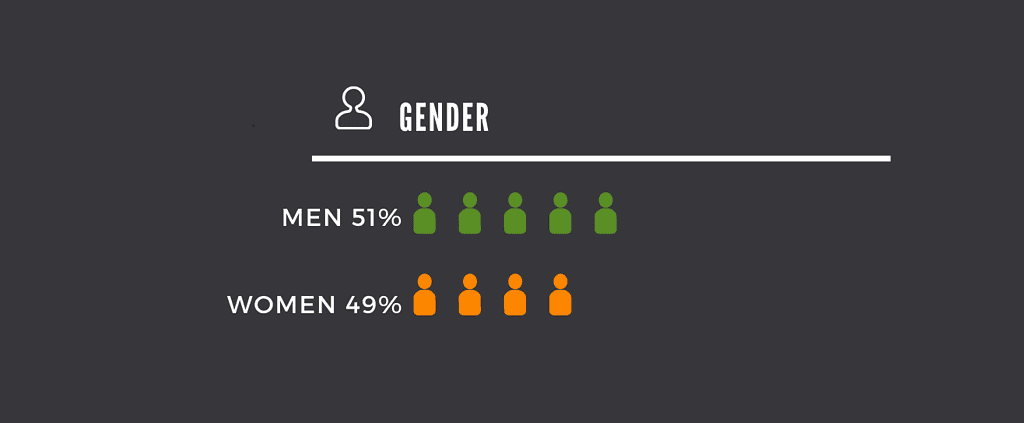
(Source: rainwalkpetinsurance.com)
- Men are more likely to be pet owners than women. However, women are not far behind, at a rate of 50% and 49% respectively.
Ethnicity
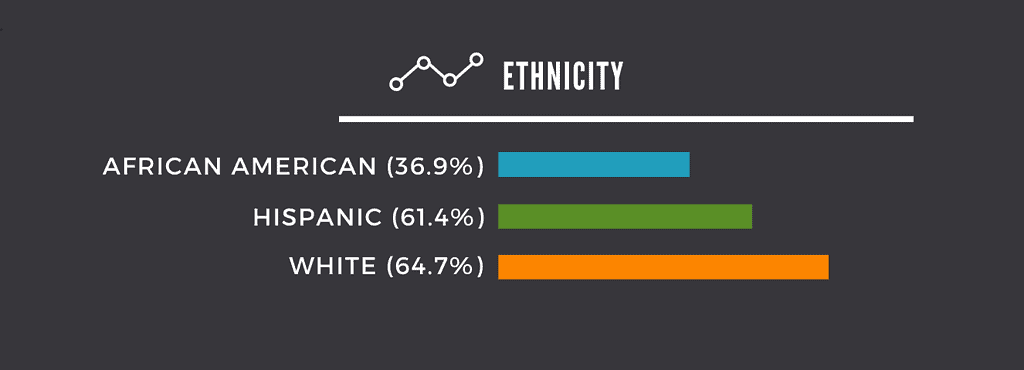
(Source: rainwalkpetinsurance.com)
- Pet owners with white ethnicity have seen the highest pet ownership rate, representing 64.7%.
- In addition, Hispanics contribute 61.4%, and 36.9% are with African American people.
Number of US Pet-Owning Households By Species 2023
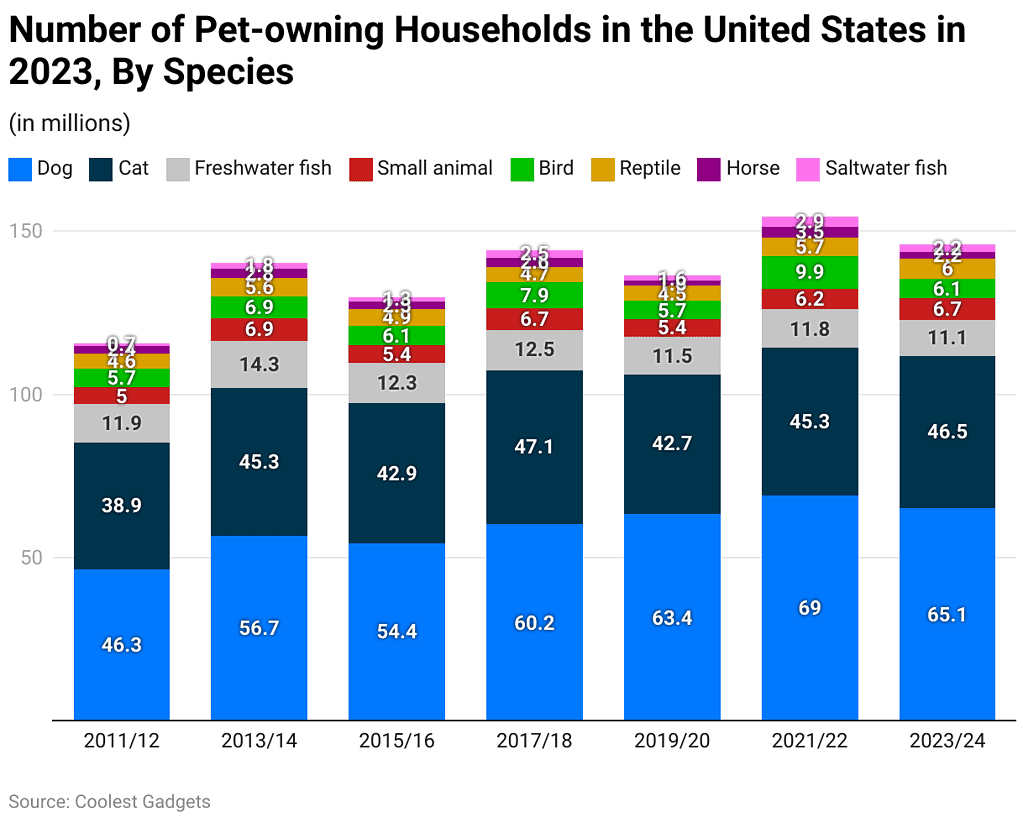
(Reference: statista.com)
- Over the last decade, dog ownership has been growing with some ups and downs. Cats are the second most popular pet type, with 46.5 million households owning one.
- Pet Ownership Statistics show that horses and saltwater fish equally share the ownership rate, with 2 million each household owning these pets.
The State of Pet Ownership in 2025 – A Regional Analysis
In 2025, pet ownership continues to see growth across various regions, driven by rising disposable incomes, increasing awareness of animal companionship benefits, and an expanding market for pet-related products and services. This detailed analysis explores the current state of pet ownership by region, focusing on trends, factors driving ownership, and economic impacts.
North America
- North America, particularly the United States and Canada, remains a leading region for pet ownership.
- Pet Ownership Statistics estimate that, in 2025, approximately 68% of households in the U.S. own pets, including dogs, cats, and other small animals.
- Spending on pets in North America is projected to exceed $130 billion, driven largely by premium pet foods, healthcare, and grooming services.
- This represents a 7% increase from 2024 as pet owners increasingly treat their pets as family members, with many opting for organic foods and advanced medical care.
Europe
- Europe is experiencing moderate growth in pet ownership, with countries like Germany, the United Kingdom, and France leading the trend.
- In 2025, pet ownership in Europe will reach an estimated 45% of households.
- The pet industry in Europe is expected to generate €50 billion (about USD 55 billion), with the greatest demand for health supplements, luxury pet foods, and eco-friendly products.
- The European market is notable for its emphasis on sustainable and organic options as consumers become more environmentally conscious.
Asia-Pacific
- The Asia-Pacific region has shown one of the fastest growth rates in pet ownership, particularly in urban areas across China, Japan, and South Korea.
- Approximately 34% of households in this region are estimated to own pets in 2025, a significant rise from previous years due to the growing middle class and increased awareness of animal welfare.
- Pet care spending in Asia-Pacific is forecasted to reach USD 40 billion, up by 10% from 2024.
- Key markets include pet grooming, fashion, and speciality foods, with younger generations willing to invest in high-quality pet products.
Latin America
- In Latin America, pet ownership is widespread, especially in Brazil, Argentina, and Mexico, where pets are considered vital members of the family.
- As of 2025, an estimated 55% of households in this region have pets, with a preference for dogs.
- Spending on pet care in Latin America is anticipated to reach around $25 billion, with increased investments in veterinary care and specialised foods.
- The pet market in Latin America is expanding rapidly, with a 9% annual growth rate, as more families allocate budgets for pet healthcare and wellness.
Middle East and Africa
- In the Middle East and Africa, pet ownership is less common but steadily increasing, particularly in urban areas of South Africa and the UAE.
- Approximately 15% of households in the region are expected to own pets in 2025.
- Spending on pet care remains relatively modest, around USD 3 billion, but is growing as interest in pet care products and veterinary services rises among middle-income households.
- The demand in these regions is primarily focused on essential items like food and basic healthcare, but there is a developing market for higher-end products.
You May Also Like To Read
- Backpack Statistics
- Travel Backpack Statistics
- Circular Saw Statistics
- Inflatable Tent Statistics
- Hedge Trimmer Statistics
- Walkie Talkie Statistics
- Tactical Flashlight Statistics
- Binoculars Statistics
- Pet Accessories Statistics
- Solar Charger Statistics
- Solar Powered Wrist Watch Statistics
- Light Bulbs Statistics
- Plugs Statistics
Economic and Market Implications
- The global pet industry is forecasted to exceed USD 200 billion by 2025, largely supported by increasing demand for premium products, pet insurance, and veterinary services.
- As pet ownership continues to rise globally, regions show distinct patterns shaped by economic, cultural, and lifestyle factors.
- Market opportunities include expansion into emerging markets like the Asia-Pacific, where pet ownership growth is the strongest, as well as catering to premium demand in North America and Europe.
- With the pet industry becoming increasingly profitable, companies in pet healthcare, nutrition, and technology are well-positioned to capture a share of this expanding market.
Conclusion
In summary, Pet Ownership Statistics projects that 2025 will see a world where pet ownership continues to grow and diversify, with each region reflecting unique consumer demands and market opportunities. The pet industry is expanding not only in spending but also in the variety and sophistication of products offered, creating ample potential for innovation and investment across different parts of the globe.

Pramod Pawar brings over a decade of SEO expertise to his role as the co-founder of 11Press and Prudour Market Research firm. A B.E. IT graduate from Shivaji University, Pramod has honed his skills in analyzing and writing about statistics pertinent to technology and science. His deep understanding of digital strategies enhances the impactful insights he provides through his work. Outside of his professional endeavors, Pramod enjoys playing cricket and delving into books across various genres, enriching his knowledge and staying inspired. His diverse experiences and interests fuel his innovative approach to statistical research and content creation.


